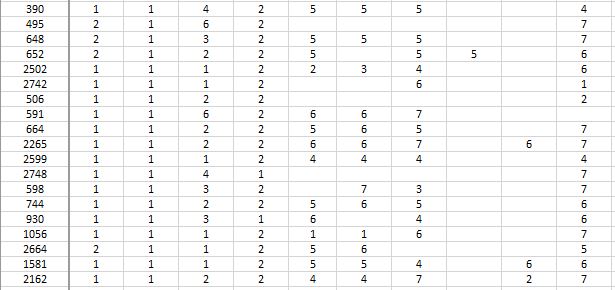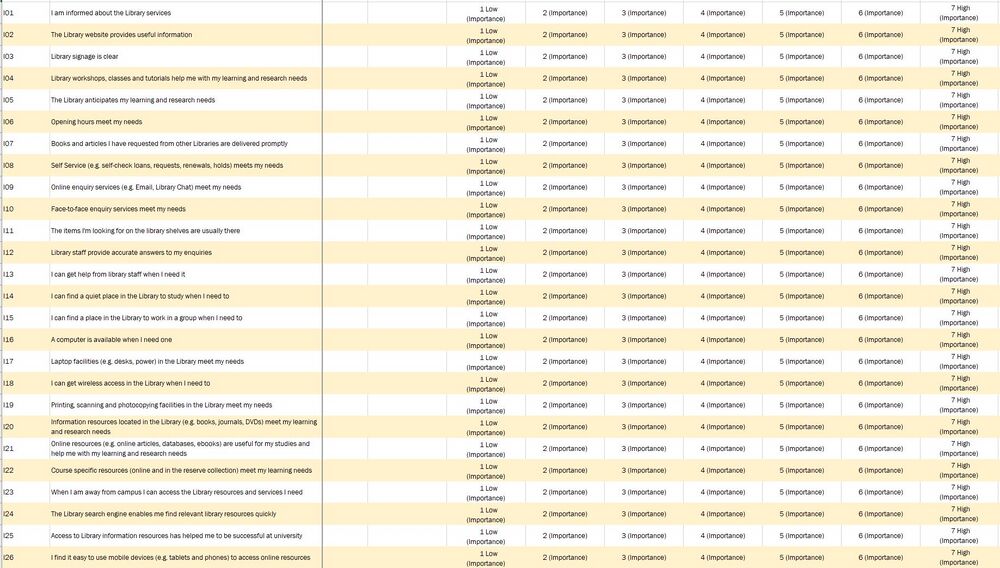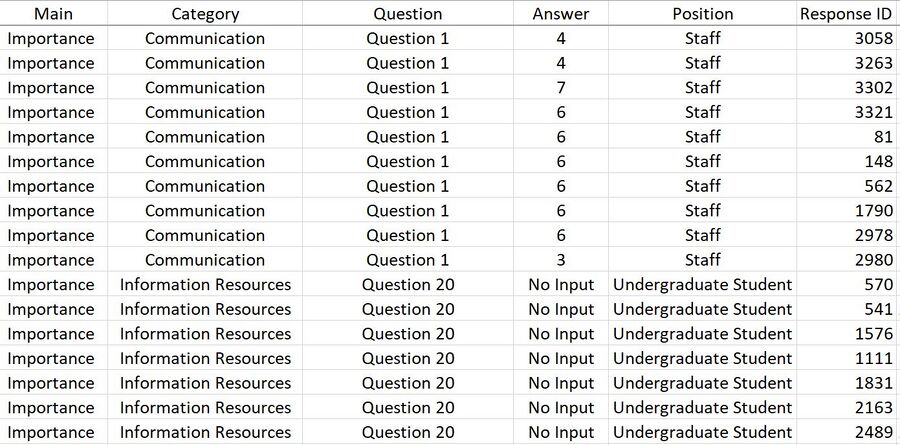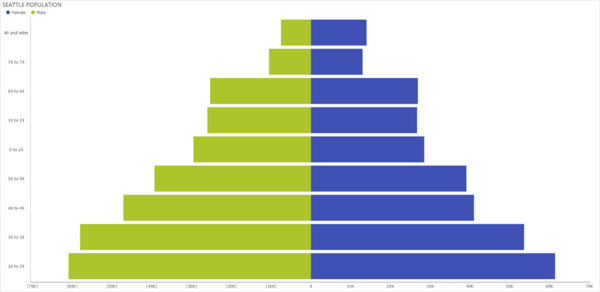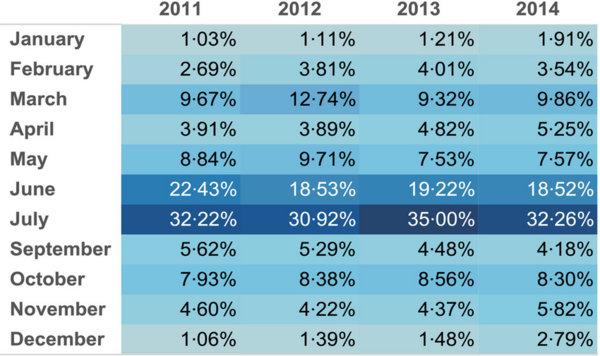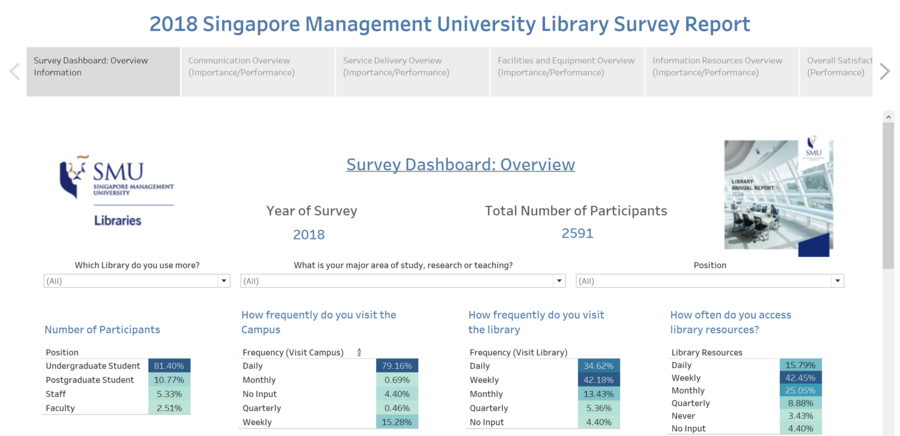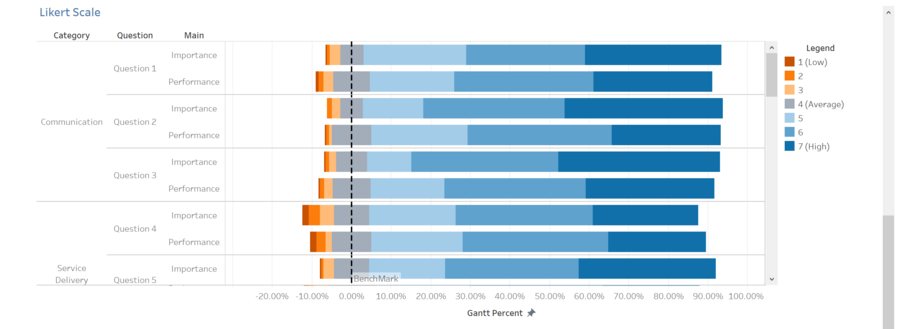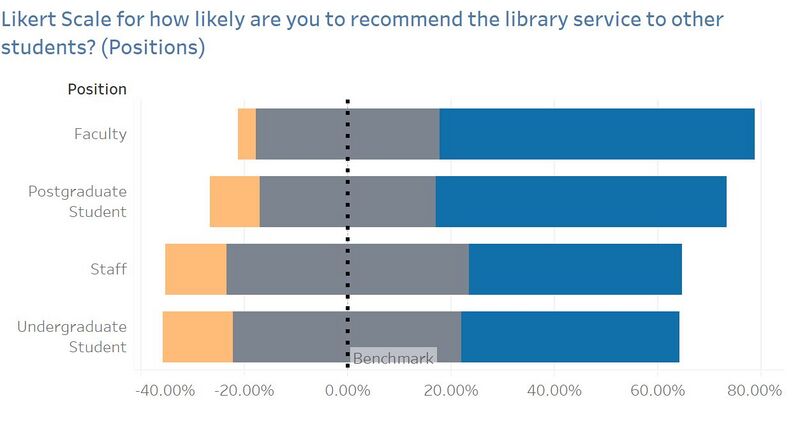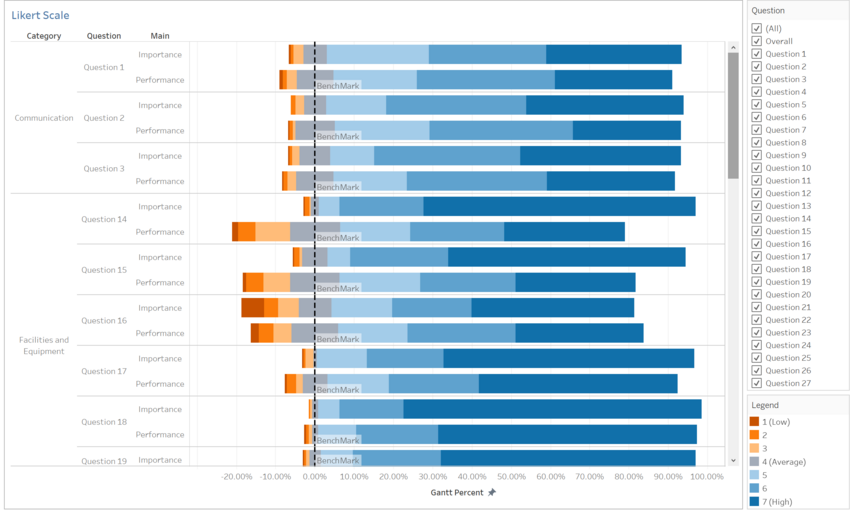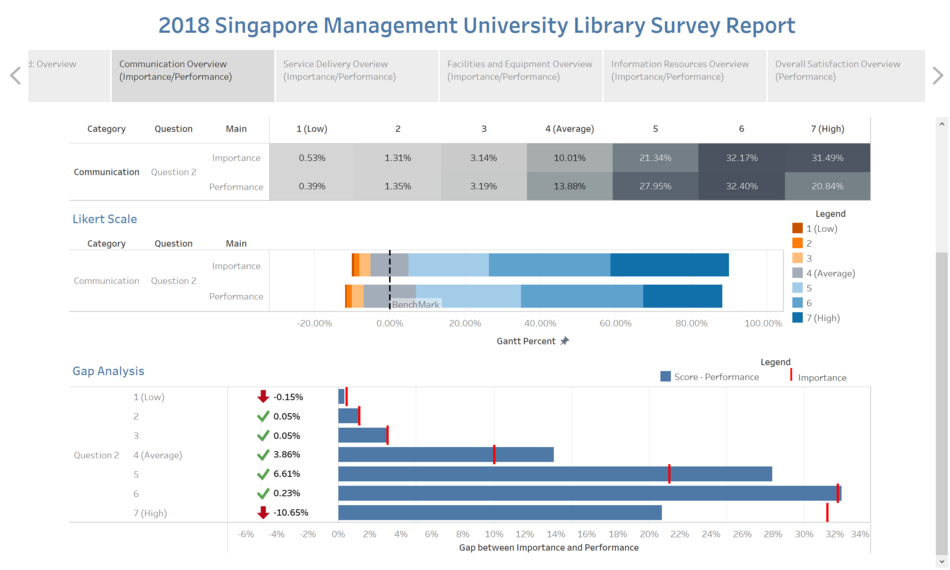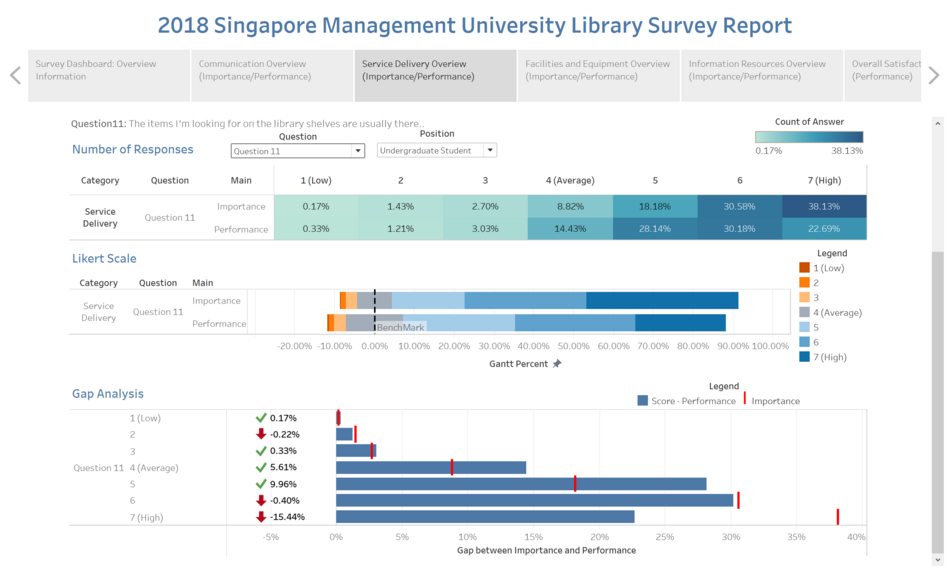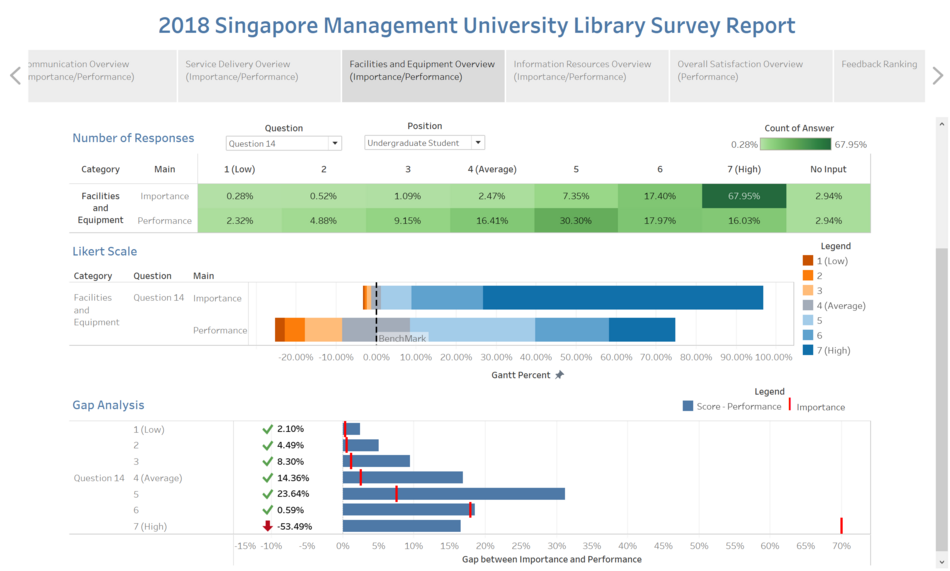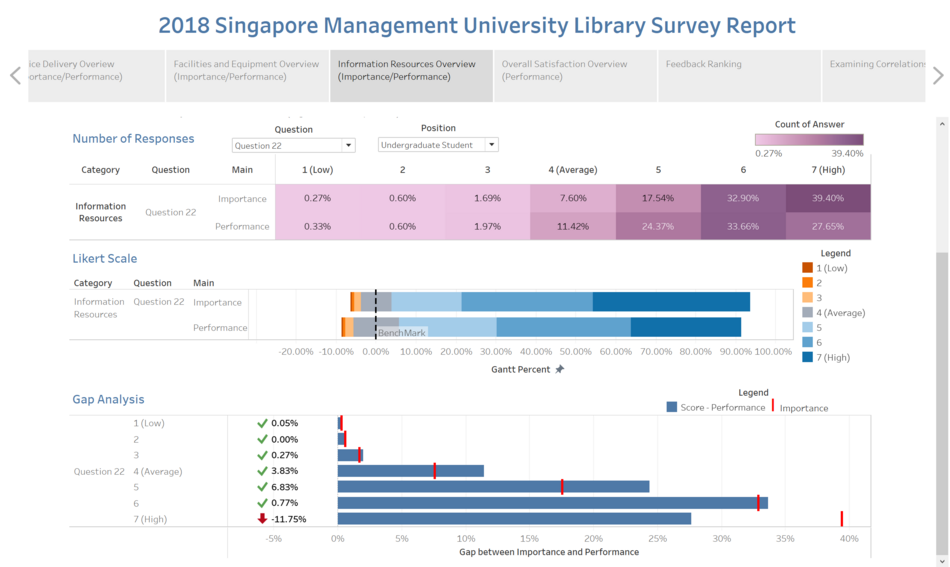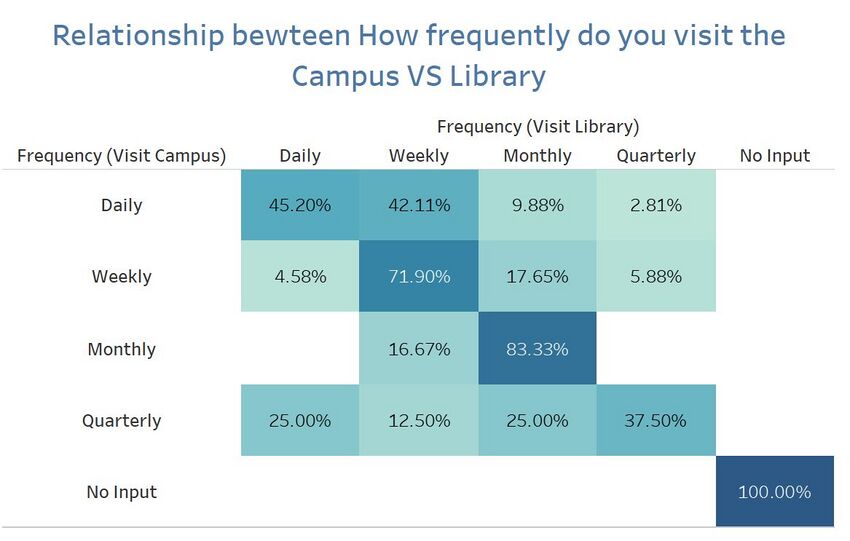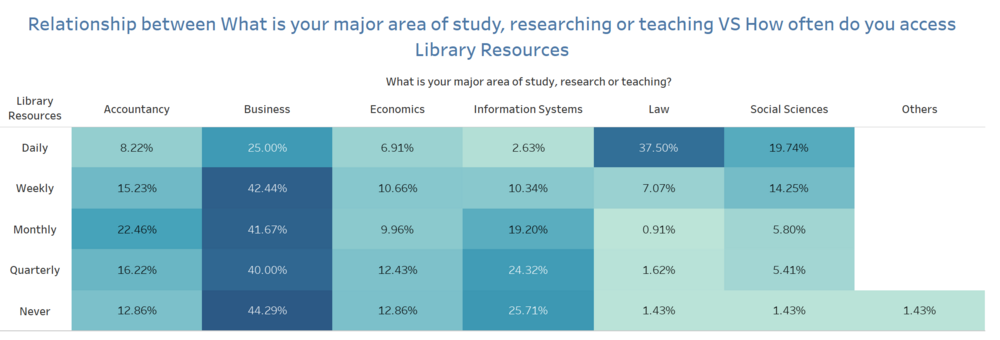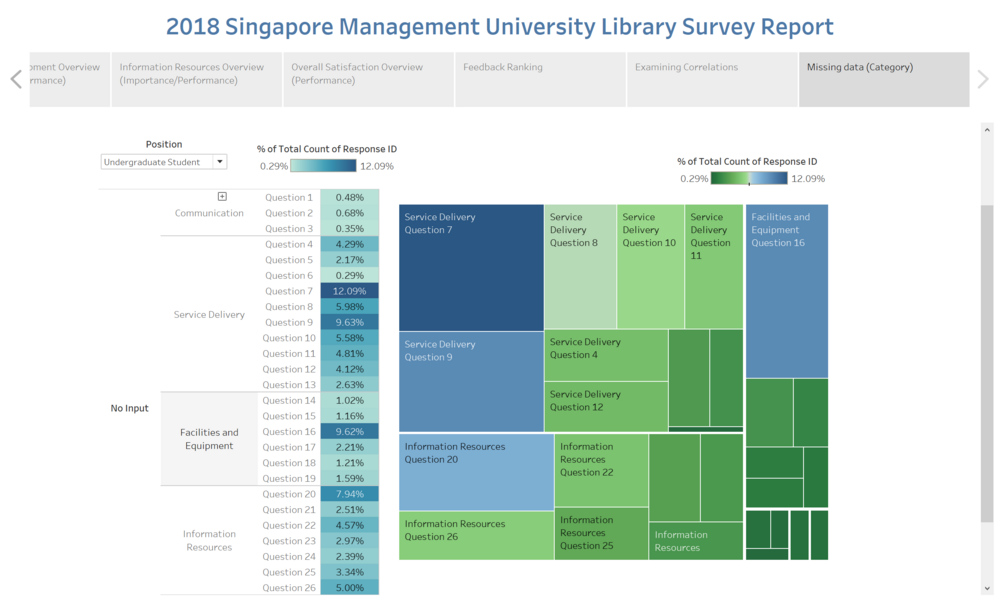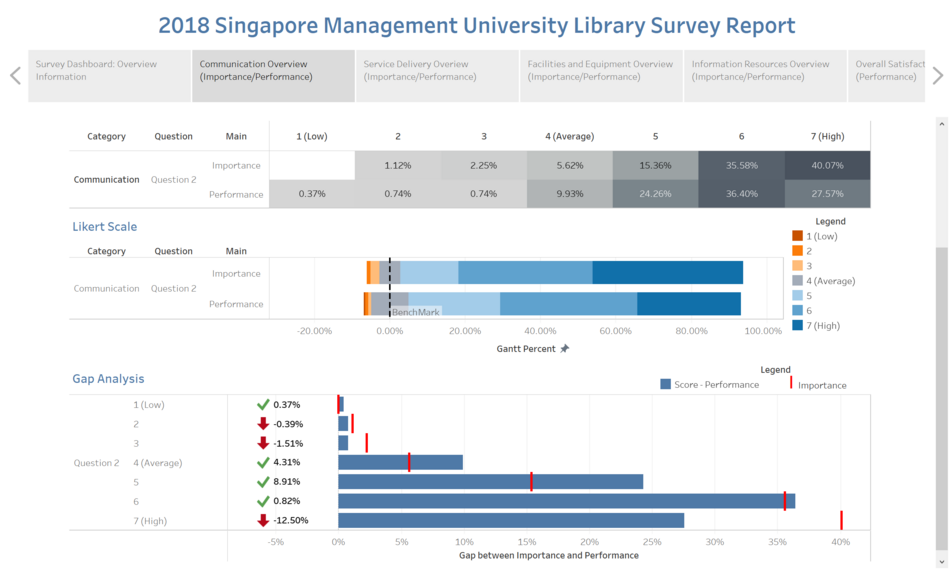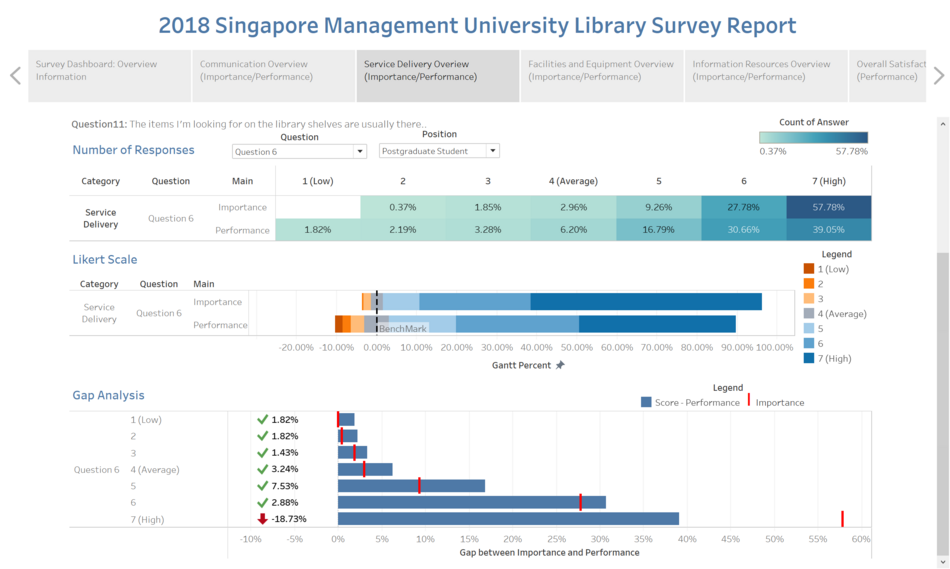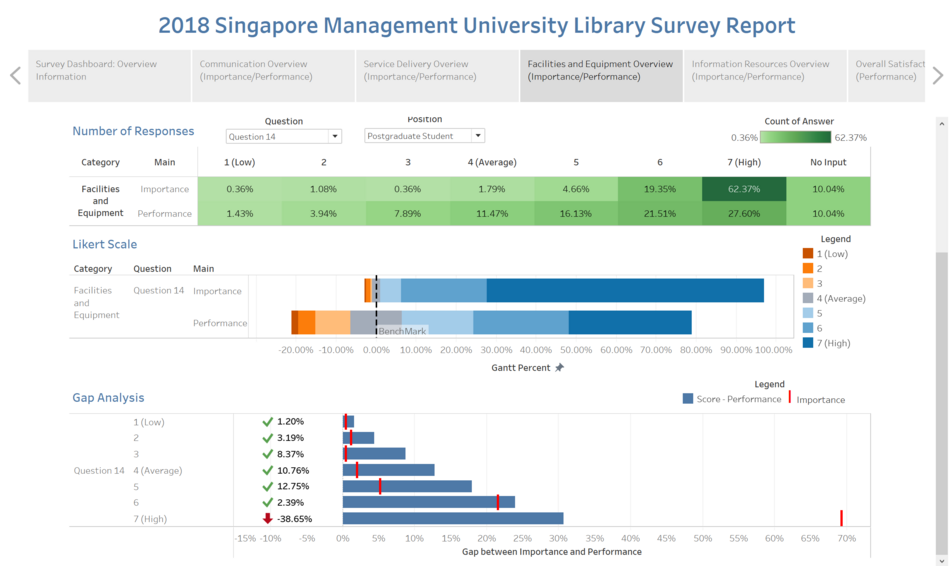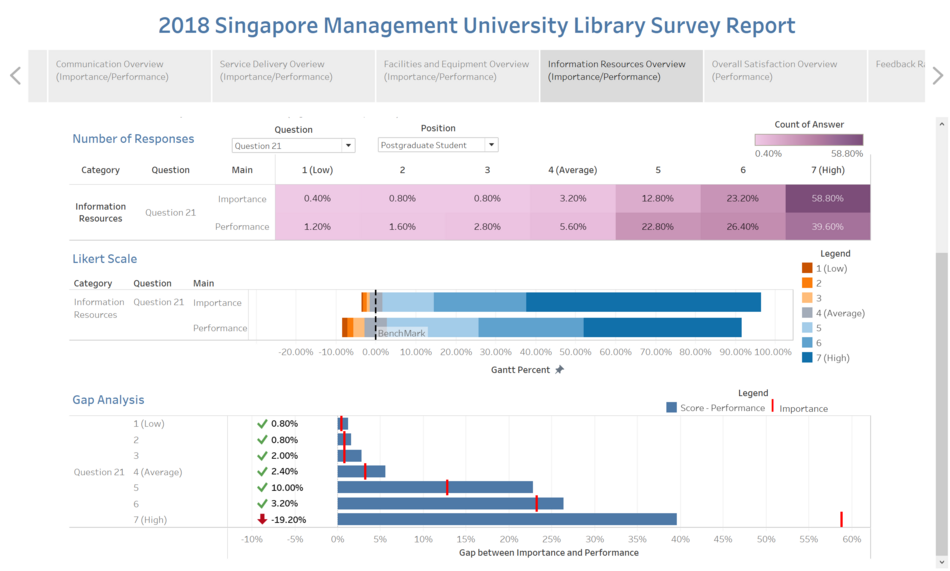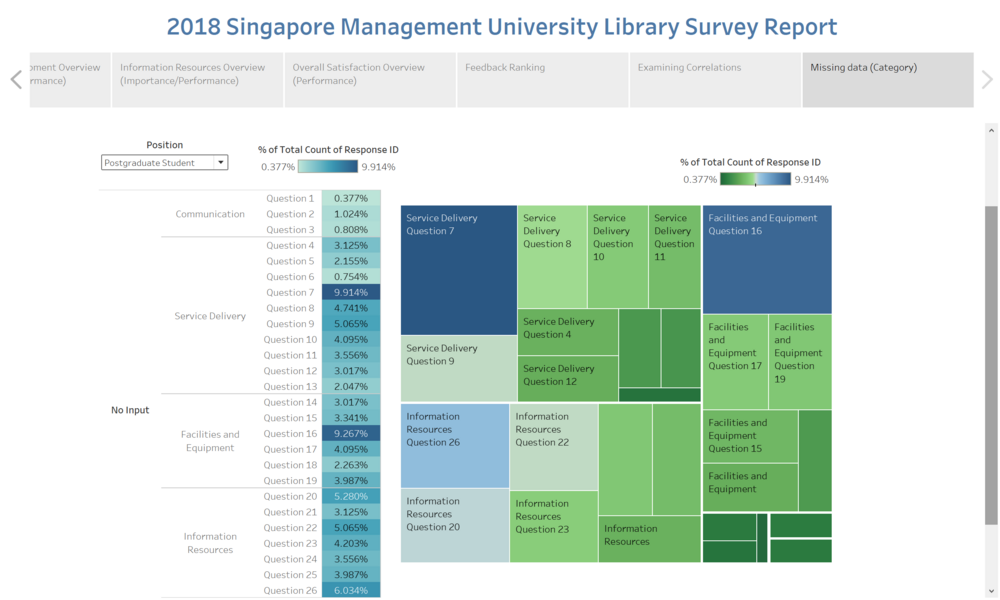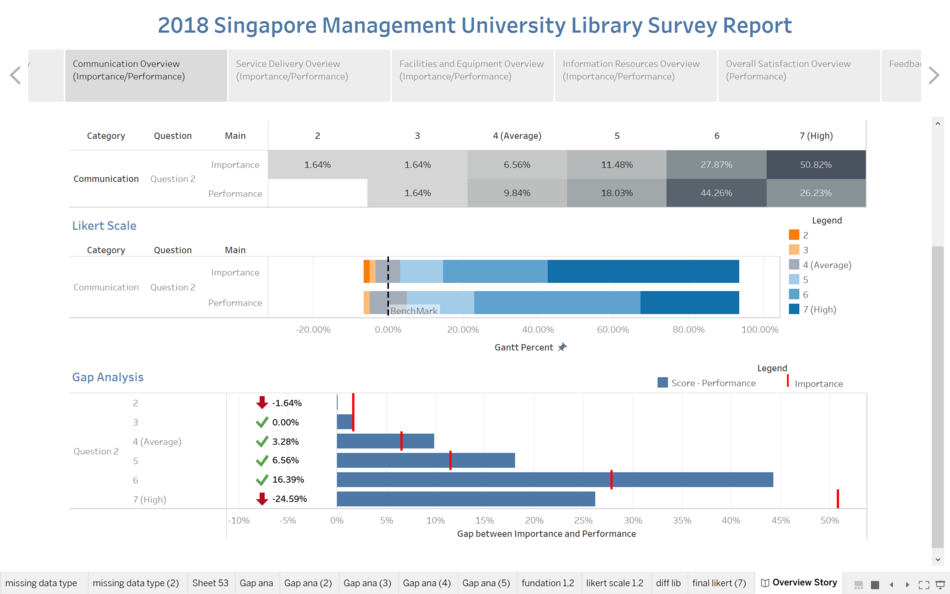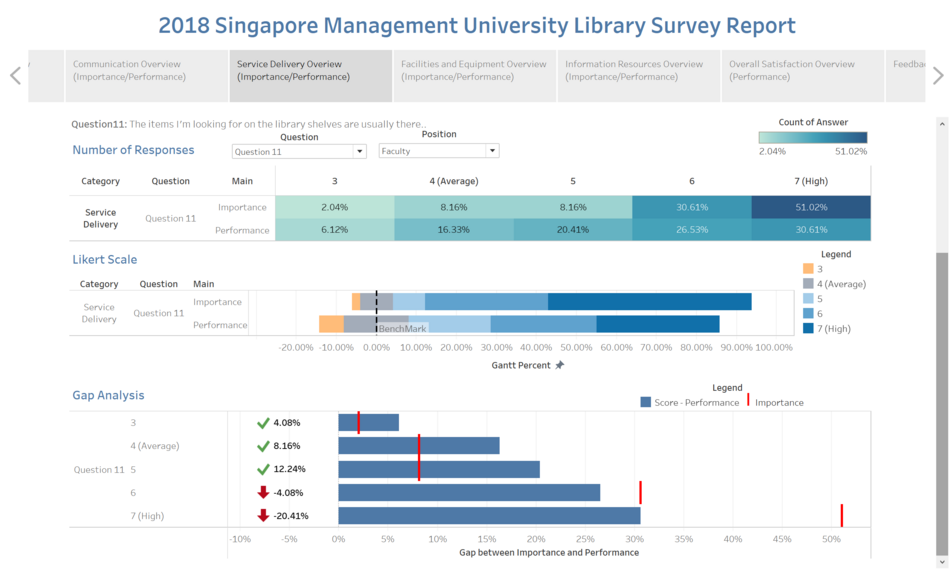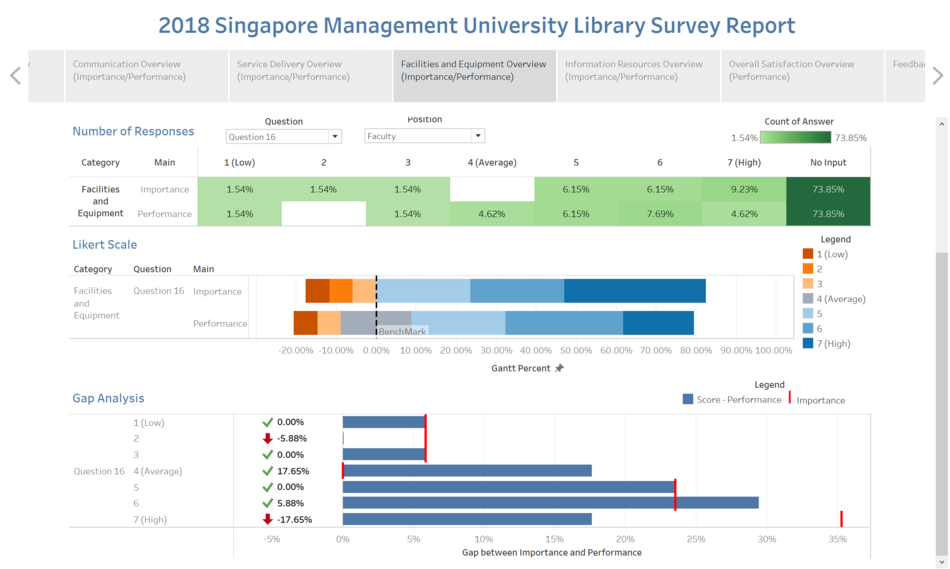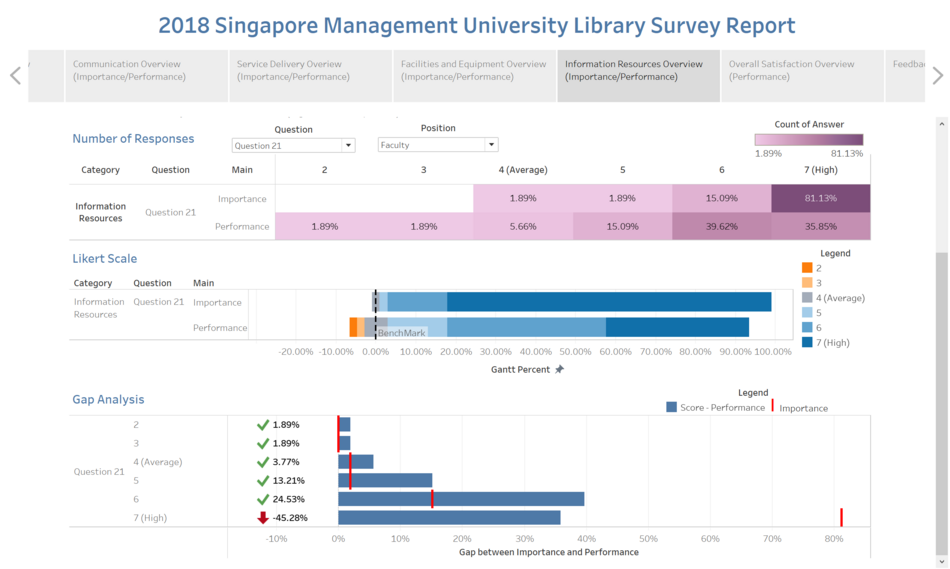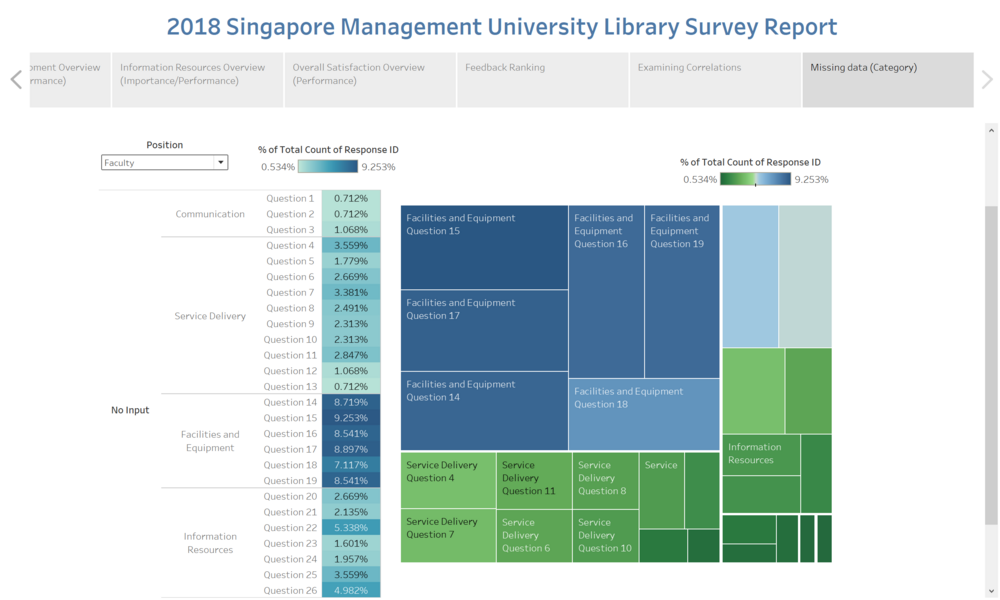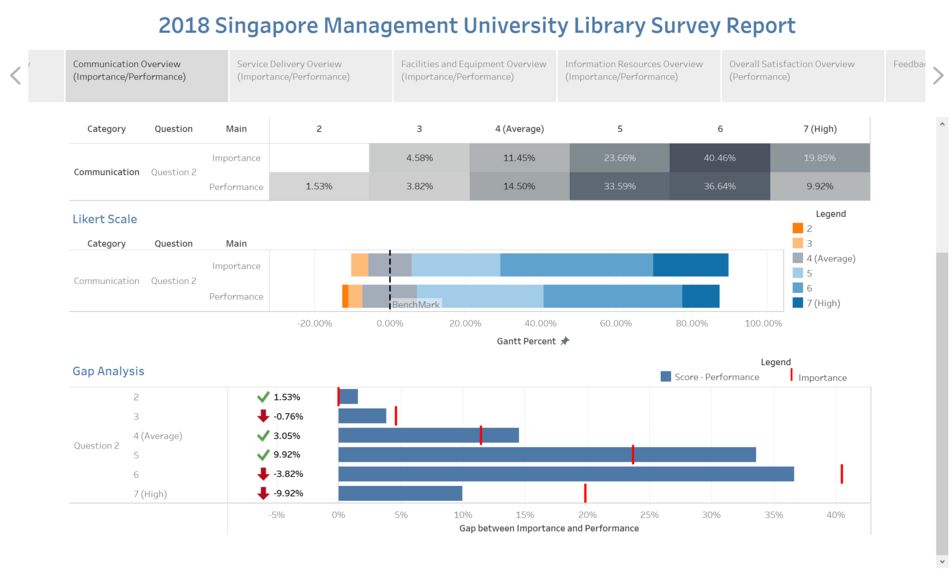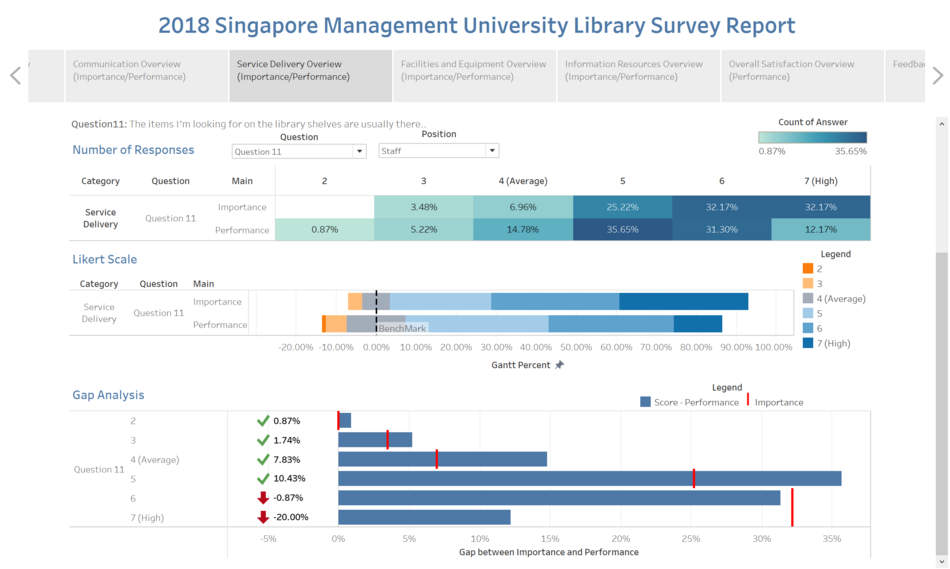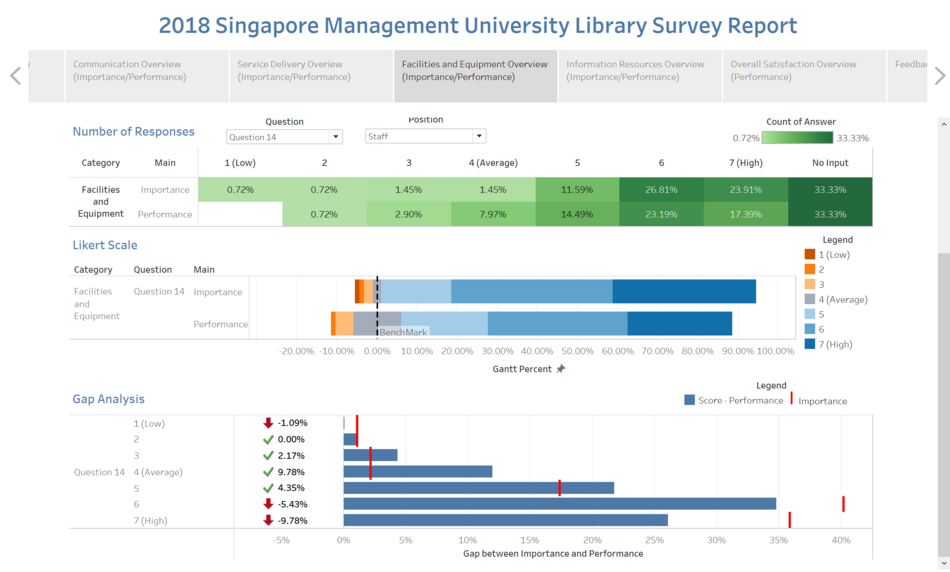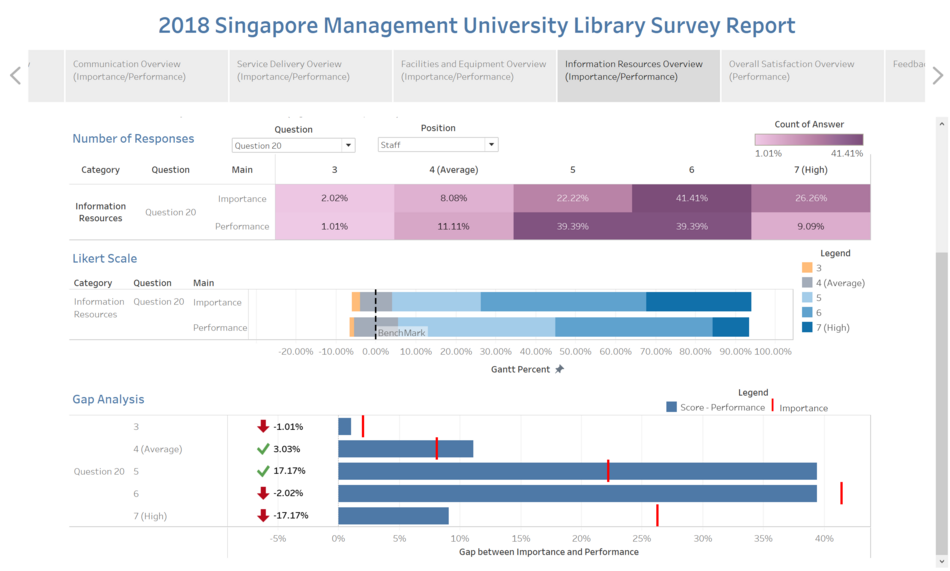Difference between revisions of "IS428 AY2019-20T2 Assign LU ZHIMAO"
| (One intermediate revision by the same user not shown) | |||
| Line 1: | Line 1: | ||
| − | + | [[File:C8tpsT8UMAAN3c .jpg|700px|thumb|right]] | |
=<div style="margin-top: 10px;font-family: Arial;font-weight:bold;text-align:center;font-size:18px; border: 5px solid #00000000; border-radius:8px;text-align:center; background-color: #ffef8e; color: black; padding: 2px"><span style="font-size:24px;"></span>'''Project Motivation'''</div>= | =<div style="margin-top: 10px;font-family: Arial;font-weight:bold;text-align:center;font-size:18px; border: 5px solid #00000000; border-radius:8px;text-align:center; background-color: #ffef8e; color: black; padding: 2px"><span style="font-size:24px;"></span>'''Project Motivation'''</div>= | ||
| Line 52: | Line 52: | ||
|- | |- | ||
! <span style="color:red">After</span> | ! <span style="color:red">After</span> | ||
| − | + | [[File:B.jpg|1000px|thumb|center]] | |
|- | |- | ||
|} | |} | ||
Latest revision as of 01:43, 18 March 2020
Contents
Project Motivation
Every two years, SMU Libraries conducts a comprehensive survey in which faculty, students and staff have the opportunity to rate various aspects of our services. The survey provides SMU Libraries with input to help enhance existing services and to anticipate emerging needs of SMU faculty, students and staff.
However, based on the current report provided by the library it requires readers to complete 155 pages of report in order to have a full understanding of the content. After reading through all the pages of the report, the report only provides a surface level of analysis in which the library cannot draw much insightful information out of it.
Thus, in order to have better visualization and understanding of the data from the survey results, I have decided to use Tableau as a platform which allows the Library to toggle between the various groups; Undergraduate, Postgraduate, Staff and Faculty and also offer several types of data visualization that can be more easily readable.
Project Objectives and task
In this assignment, the aim is to apply 10 Weeks of Visual Analytics for Business Intelligence module's knowledge with self-learning techniques to help Singapore Management University Library to deliver a focused and compact visualisation. By doing, it allows Singapore Management University Library to be well-informed of their service feedback from users as well as to identify those critical areas currently in the needs of improvement in order to satisfy user's experience.
Using visual analytics approach to reveal the level of services provided by SMU libraries as perceived by:
- the undergraduate students,
- the postgraduate students,
- the faculty,
- the staff.
Data Preparation
Data Cleaning Using Excel and Tableau
- Analysing the raw excel data, it becomes evident that there are multiple rows with data that are either an empty space " " or "NIL". Since both of them are referring to the same output. In order not to confuse the readers, I have decided to combine both data together and label it as "no input". Hence in ranking columns, it would show 1 to 7 and "no input".
- Under the question "Which library do you use most", the answer is reflected on the excel sheet as "1" or "2" where "1" is a representation of "Li Ka Shing Library" and "2" is a representation of "Kwa Geok Choo Library". This can be quite confusing, as the usage of numbers is to represent the ranking but it is only exceptional in this case. Therefore, I have decided to convert those relevant data into a word format instead of it being represented by numerical numbers.
| Before |
|---|
| After |
- Tableau prefers data to be formatted in a machine-readable format. To reshape data for easier analysis in Tableau, I need to perform a pivot. In Tableau, pivoting means transposing data from a crosstab format into a columnar format–from wide, short tables into thin, tall tables. Tableau Prep Builder makes pivoting visual, allowing to see how data changes with every step.
- Connect to the library data source
- Drag the table that you want to pivot
- Click the down arrow icon and select Pivot from the context menu
- After selecting, the results appear immediately in the pivoted form
| Before |
|---|
| After |
- After looking through the pivoted data and comparing with the report provided, I realised that the category types are missing in this data. These categories are important as it allows those relevant questions to group under the same category. So that it allows the users to choose how deep they prefer their data to be in terms of presenting the data visualization which allows the use not only limits to question along. With that, I will be extracting the latest pivoted data set from Tableau and saved as a csv file. On the csv file, I will create a new column and label it "Category". Under that column, I will insert the relevant grouping titles; Communication, Facilities and Equipment, Information Resources and Service Delivery. This is in accordance with the groupings as by the report provided.
| Before |
|---|
| After |
Selection of Graphs used in Data Visualization
| Graph Type | Reasoning | Type of Graph would like to use in library survey data analysis |
|---|---|---|
| Likert Scale |
|
|
| KPI Performance Chart |
|
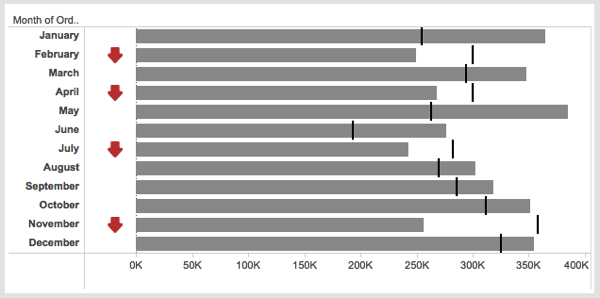 Example of KPI Performance Chart Source:https://lh3.googleusercontent.com/-c8CKjPabp1g/V3FJWKo3KLI/AAAAAAAAyog/B8nHUvLW8tA/Screen-Shot-2016-06-27-at-4.31.26-pm.png?imgmax=9999 |
| Vertical Bar Chart |
|
|
| Horizontal Bar Chart |
|
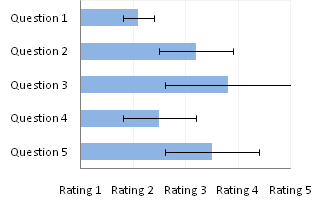 Example of Horizontal Bar Chart Source:https://peltiertech.com/images/2010-12/TextLabel2007Bar08.png |
| Population Pyramid Chart |
|
|
| Highlight Table |
|
|
| Treemap |
|
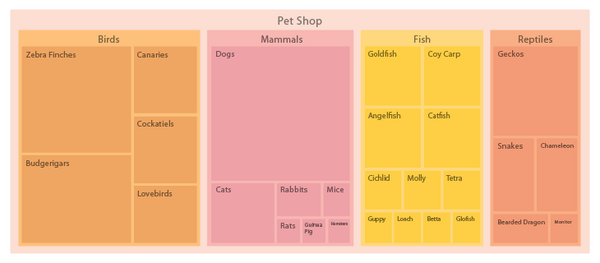 Example of Treemap Source:https://datavizcatalogue.com/methods/images/top_images/treemap.png |
Survey DashBoard Overview Information
Tableau Visualization
The interactive Tableua visualization can access here.
DashBoard Overview
DashBoard Summary
| Picture Number | Description & Analysis |
|---|---|
| 1 |
|
| 2 |
|
| 3 |
|
Introduction for Gap Analysis
Gap Analysis Explanation
- The highlight table shows the percentage breakdown of rating for both importance and performance for each group – Undergraduate, Postgraduate, Staff and Faculty.
- Since, the individual breakdown will be represented in the form of KIP Chart. For every KIP chart, there will be a KIP pre-set in order to conduct the comparison. In this case, the KIP will be the Importance figure set by the responders themselves which will be representing in the red line and the performance figure will be represented in the form of bar chart.
- Conducting a gap analysis where we take the Performance minus the Importance to find the gap between the importance of the question to them and compare it to how the library performs.
- Since Importance is defined as how important it is to that individual and performance is defined as how well the library is performing in that area.
- We will take the difference between these two, to measure how well the library is performing when compared to the level of importance held to them.
- If the gap analysis turns out positive, it means that performance has exceeded importance. If it turns out negative, it means that performance has not met the same ranking as importance. And this is one key aspect the library should look at when improving their services.
- I will be picking out 1 major change in each group for each category – Undergraduate, Postgraduate, Staff and Faculty and the rest can be viewed on Tableau Public.
Undergraduate Student
Gap Analysis
| Picture Number | Description & Analysis |
|---|---|
| 1 | Category: Communication
|
| 2 | Category: Service Delivery
|
| 3 | Facilities and Equipment
|
| 4 | Information Resource
|
Examining Correlation
- Using a highlight table to examine the correlation between library visits and campus visits, we can see the percentage breakdown of the student’s frequency.
- The table shows that although 25% indicated that they visit the school campus quarterly while also visiting the library daily.
- From the data shown, we can reach to a conclusion that it is likely impossible for a student to be visiting the campus quarterly and yet at the same time visiting the library daily. Hence, there might be a problem in the choices given to the students which led to this data given.
- So overall, this data is not accurate due to misinterpretation of the questions hence, this data cannot be used completely and the mistake only surfaced when the data is visualized.
Library Frequency Visits
- It can be seen from the breakdown of the library visits by undergraduates would be that majority of Business students patronize the library more than other schools. And the highest visits would be the weekly visits of business students across all schools at 42.44%.
Trend of Missing Data
- It is evident that under “Service Delivery”, the majority of Undergraduate students did not answer some of the questions in that section as compared to the rest. This is especially so for question 7 and question 9 where 12.09% and 9.63% did not answer the question.
- The questions that are generally left unanswered can be seen as irrelevant to the students as they probably never used that “service” or they do not require the library to provide them with such services.
Postgraduate Student
Gap Analysis
| Picture Number | Description & Analysis |
|---|---|
| 1 | Category: Communication
|
| 2 | Category: Service Delivery
|
| 3 | Facilities and Equipment
|
| 4 | Information Resource
|
Library Frequency Visits
- It can be seen that Postgraduates students that visit the library largely constitutes of business students. And the frequency of their visits is usually quarterly, at its highest of 64.71%.
- Whereas the percentage of visits, as well as the frequency of visits, is significantly lower for the other schools.
- The number of business students patronizing the library is almost double to triple the amount compared to other schools.
Trend of Missing Data
- Question 7 and Question 16 are seen to have the highest percentage of seeing no answers provided and again, this can be due to the nature of services or facilities which satisfies the needs of the target group.
- In the case of Postgraduates, it is evident that certain questions do not apply to them.
- For example, Question 16 is about “a computer is available when I need one”. This usually does not apply to Postgraduates as the majority would have had their own.
Faculty
Gap Analysis
| Picture Number | Description & Analysis |
|---|---|
| 1 | Category: Communication
|
| 2 | Category: Service Delivery
|
| 3 | Facilities and Equipment
|
| 4 | Information Resource
|
Library Frequency Visits
- From the data shown, we can see that the number of visits is evenly spread between 3 schools, namely; Accounting, Business and Economics.
- However, it can be seen that it is a consistent value of between 26%-29%.
- Law and Social Sciences do not even have the data for monthly, quarterly visits to the library, with the majority being daily and weekly.
Trend of Missing Data
- The high number of “no answers” is evidently flagged out under the “Facilities and Equipment ranging from 7-9%.
- With the second-highest coming from the category “Information Resources”, the highest at 5.34%.
- This shows that there is a large number of people under the Faculty category that did not answer these questions.
- As we can see those questions fall under “Facilities and Equipment” are generally asking about printing, photocopying facilities or can you find a quiet place for group project or study. As we know all the faculty member are able to get printing or photocopy facilities either from their own office or send for mass printing, which means that in most of the time they do not require such services. Not only that, but all the faculty members do also own an individual office to do their research or preparing for teaching material. Therefore, they do not require a place in the library.
Staff
Gap Analysis
| Picture Number | Description & Analysis |
|---|---|
| 1 | Category: Communication
|
| 2 | Category: Service Delivery
|
| 3 | Facilities and Equipment
|
| 4 | Information Resource
|
Data Reference
- IS428 Visual Analytics for Business Intelligence week 1 to week 9 Lecture Notes
- Tableau Public
- DataCamp
- https://www.youtube.com/watch?v=OUTi12VtXpU
- https://www.youtube.com/watch?v=JodWmiIxl2c


